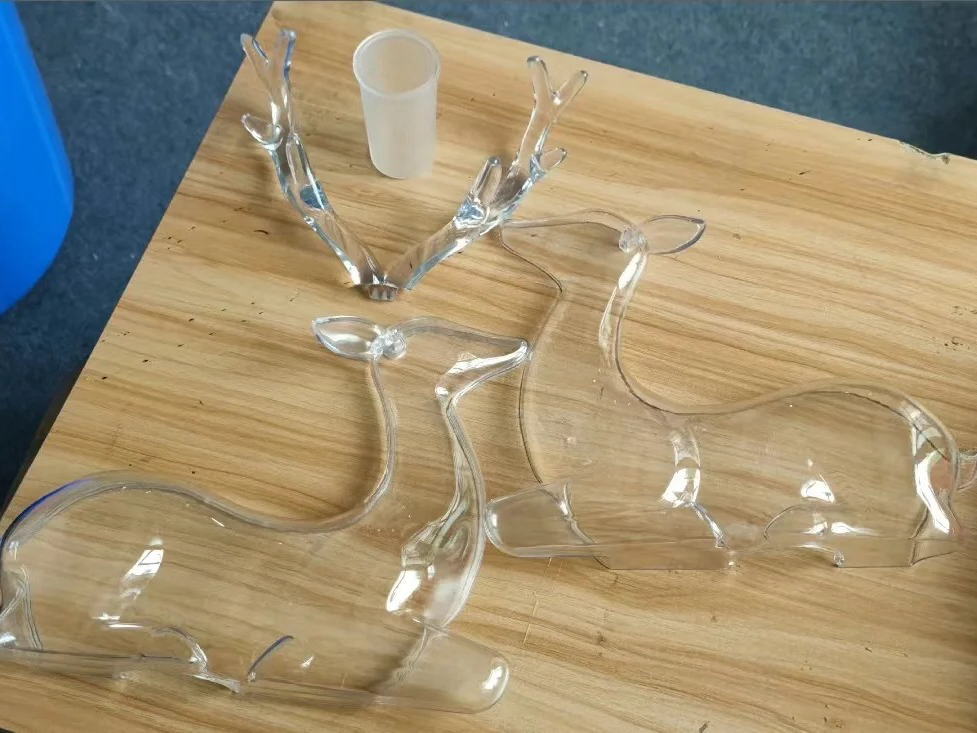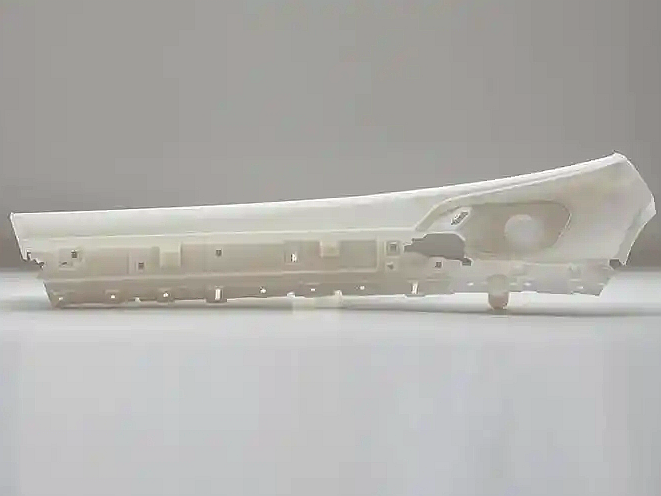Medical-Grade Biocompatible Resins
Introduction to Medical-Grade Biocompatible Resins for 3D Printing
Medical-grade biocompatible resins are specialized photopolymers certified for safe use in direct or indirect contact with the human body. These resins meet regulatory standards such as ISO 10993 and USP Class VI, making them suitable for surgical guides, diagnostic equipment, dental devices, hearing aids, and wearable medical components.
Stereolithography (SLA) and Digital Light Processing (DLP) provide high precision (±0.05 mm) and smooth finishes required for medical-grade parts that demand accuracy, comfort, and sterilizability.
International Equivalent Grades of Biocompatible Medical Resins
Grade Type | Resin Code | Application Examples |
|---|---|---|
Surgical Guide Resin | Class I | Implant drill guides, intraoral trays |
Dental Base / Crown Resin | Class IIa | Dentures, restorations, gingival masks |
Skin-Contact Wearable Resin | ISO 10993-5 | Hearing aids, wearables, splints |
Biocompatibility Standard | ISO 10993 / USP Class VI | Certified for medical use |
Comprehensive Properties of Medical-Grade Resins
Property Category | Property | Value |
|---|---|---|
Physical | Density | 1.10–1.15 g/cm³ |
UV Curing Wavelength | 405 nm | |
Mechanical | Tensile Strength | 50–70 MPa |
Modulus of Elasticity | 1,500–2,500 MPa | |
Elongation at Break | 5–15% | |
Hardness | 80–90 Shore D | |
Biological | Certification | ISO 10993, USP Class VI |
Suitable 3D Printing Processes for Medical-Grade Resins
Process | Typical Density Achieved | Surface Roughness (Ra) | Dimensional Accuracy | Application Highlights |
|---|---|---|---|---|
≥99% | 2–5 µm | ±0.05 mm | Best for surgical models, guides, and wearable surfaces | |
≥99% | 3–6 µm | ±0.05 mm | Ideal for hearing aids, dental bases, and skin-contact parts |
Selection Criteria for Biocompatible Resin 3D Printing
Regulatory Compliance: Select Class I resins for surface contact and Class IIa for mucosal or short-term implant contact. Always validate the resin certification for application use.
Sterilization Requirements: Many resins are compatible with autoclave, ethylene oxide (EtO), or gamma sterilization; verify material limits prior to use.
Patient Comfort & Surface Finish: Resins offer ultra-smooth finishes, reducing irritation for intraoral, in-ear, or wearable interfaces.
Post-Curing Accuracy & Safety: Proper UV and thermal post-curing are essential to meet full mechanical, biological, and regulatory properties.
Essential Post-Processing Methods for Biocompatible Resin Parts
UV and Thermal Post-Curing: Cure at 405 nm UV for 30–60 minutes; additional thermal curing at 60–80°C may be required for some medical applications.
IPA Washing and Drying: Clean with isopropyl alcohol to remove uncured resin, ensuring biocompatibility and surface hygiene.
Polishing or Coating: Smooth surfaces for wearable or oral components improve patient comfort and hygiene.
Medical Sterilization: Use appropriate sterilization method—autoclave, EtO, or gamma—based on resin specification and clinical requirement.
Challenges and Solutions in Biocompatible Resin 3D Printing
Regulatory Limitations per Application: Always match resin certification with intended contact level and duration. Misuse could result in non-compliance.
Storage and Shelf Life: Resins must be stored in light-protective containers and used within expiration to ensure safety and printability.
Post-Cure Validation: Biocompatibility relies on full post-curing. Use validated light and time protocols for safety-critical parts.
Applications and Industry Case Studies
Medical-grade biocompatible resin is widely used in:
Surgical & Implantology: Drill guides, surgical trays, implant stents, and custom positioning guides.
Hearing Aids & Wearables: In-ear shells, skin-contact wearables, and orthopedic braces.
Dental: Long-term dentures, crowns, gingival masks, and Class IIa diagnostic tools.
Prototyping: Medical device housings, skin-safe models, and ergonomics testing.
Case Study: A hearing aid manufacturer 3D printed custom-fit shells using ISO 10993-compliant resin via DLP. Final post-cured parts achieved <±0.05 mm tolerance and passed in-ear skin contact testing per EU MDR regulations.
Frequently Asked Questions (FAQs)
What certifications are required for biocompatible 3D printing materials in clinical applications?
Which sterilization methods are compatible with Class I and Class IIa medical resins?
How accurate are medical resin prints for surgical or wearable applications?
What are the post-processing requirements for ensuring clinical safety in resin prints?
Can biocompatible resins be used for long-term intraoral or skin contact parts?



